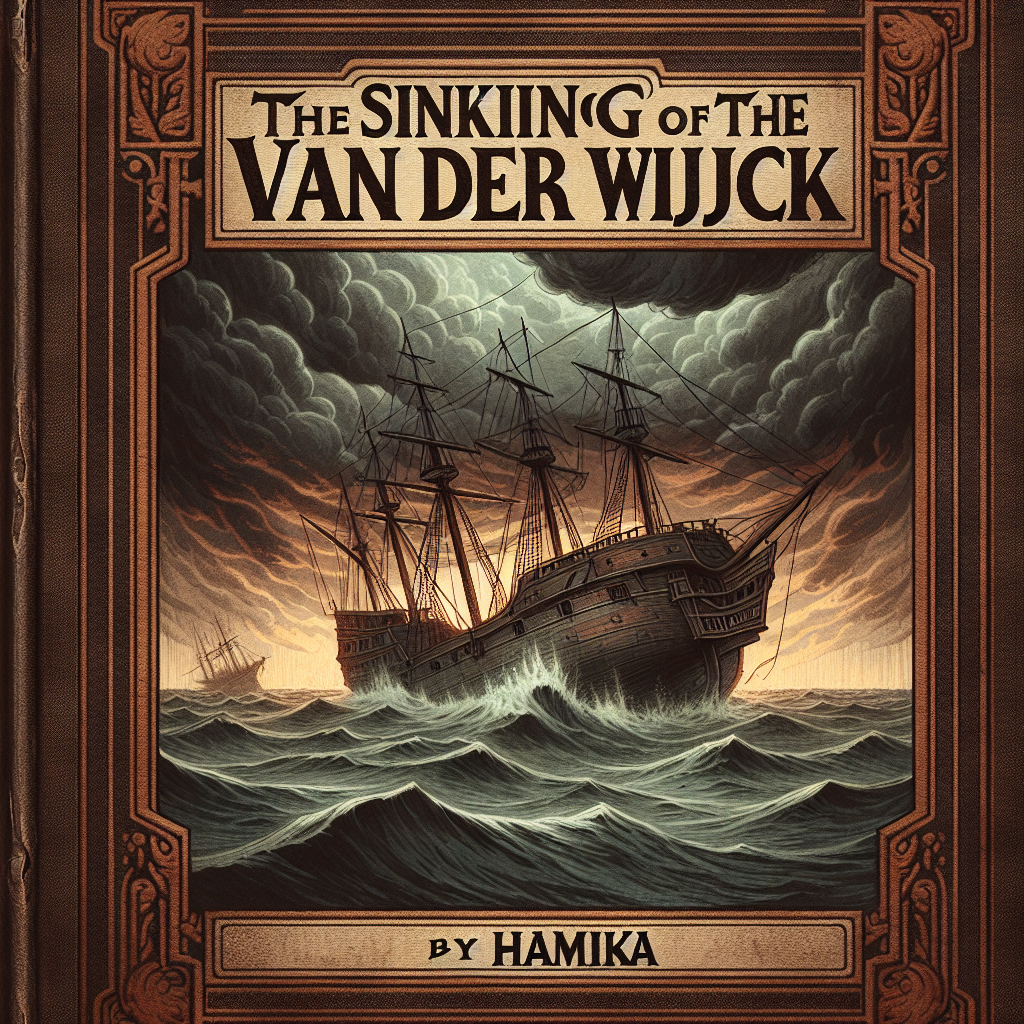-
Table of Contents
Introduction

Resensi Buku “Tenggelamnya Kapal Van der Wijck” Karya Hamka is a well-known novel in Indonesia that has captivated readers for decades. Written by Hamka, a prominent Indonesian author, the book tells a tragic love story set in the early 20th century. This article will provide a comprehensive review of the book, exploring its themes, characters, and impact on Indonesian literature.
The Plot
Tenggelamnya Kapal Van der Wijck revolves around the life of Zainuddin, the main character, who falls in love with Hayati, a woman from a higher social class. The story takes place in Minangkabau, West Sumatra, during the Dutch colonial era. Zainuddin, a young man from a modest background, faces numerous challenges as he tries to pursue his love for Hayati.
The novel explores themes of love, social class, and cultural identity. Zainuddin’s love for Hayati is hindered by societal norms and expectations. The stark contrast between their social statuses creates a barrier that seems impossible to overcome. Hamka skillfully portrays the struggles faced by the characters, highlighting the complexities of love in a society deeply divided by class.
The Characters
Hamka’s characters are well-developed and relatable, making the readers emotionally invested in their stories. Zainuddin, the protagonist, is a young man with dreams and aspirations. His determination to fight against societal constraints and pursue his love for Hayati is admirable. Zainuddin’s character represents the resilience and courage of individuals who dare to challenge the status quo.
Hayati, on the other hand, is portrayed as a strong-willed woman who defies societal expectations. Despite her privileged background, she is not content with a life of luxury and seeks a deeper connection with Zainuddin. Hayati’s character challenges traditional gender roles and highlights the importance of personal agency.
Other supporting characters, such as Zainuddin’s best friend, Aziz, and Hayati’s brother, Kasib, add depth to the story. Their relationships with the main characters provide additional layers of conflict and tension, further driving the narrative forward.
Impact on Indonesian Literature
Tenggelamnya Kapal Van der Wijck is considered a masterpiece of Indonesian literature. It was first published in 1938 and quickly gained popularity among readers. The novel’s success can be attributed to Hamka’s skillful storytelling and his ability to capture the essence of Indonesian society during that time.
Hamka’s use of vivid descriptions and poetic language creates a rich and immersive reading experience. His portrayal of the Minangkabau culture and traditions adds authenticity to the narrative, allowing readers to gain a deeper understanding of Indonesian history and heritage.
The novel also addresses important social issues, such as the impact of colonialism and the struggle for personal freedom. By exploring the themes of love and social class, Hamka sheds light on the inequalities and injustices prevalent in Indonesian society at the time. This resonated with readers and sparked discussions about societal norms and the need for change.
Tenggelamnya Kapal Van der Wijck has had a lasting impact on Indonesian literature. It has inspired subsequent generations of writers to explore similar themes and narratives. The book’s popularity has also led to adaptations in other forms of media, including films and television series.
Conclusion
Tenggelamnya Kapal Van der Wijck is a timeless novel that continues to captivate readers in Indonesia. Hamka’s masterful storytelling, well-developed characters, and exploration of important social issues make it a must-read for anyone interested in Indonesian literature. The book’s enduring popularity and its impact on subsequent works highlight its significance in shaping the literary landscape of Indonesia. Whether you are a fan of romance, historical fiction, or social commentary, Tenggelamnya Kapal Van der Wijck is a book that should not be missed.
